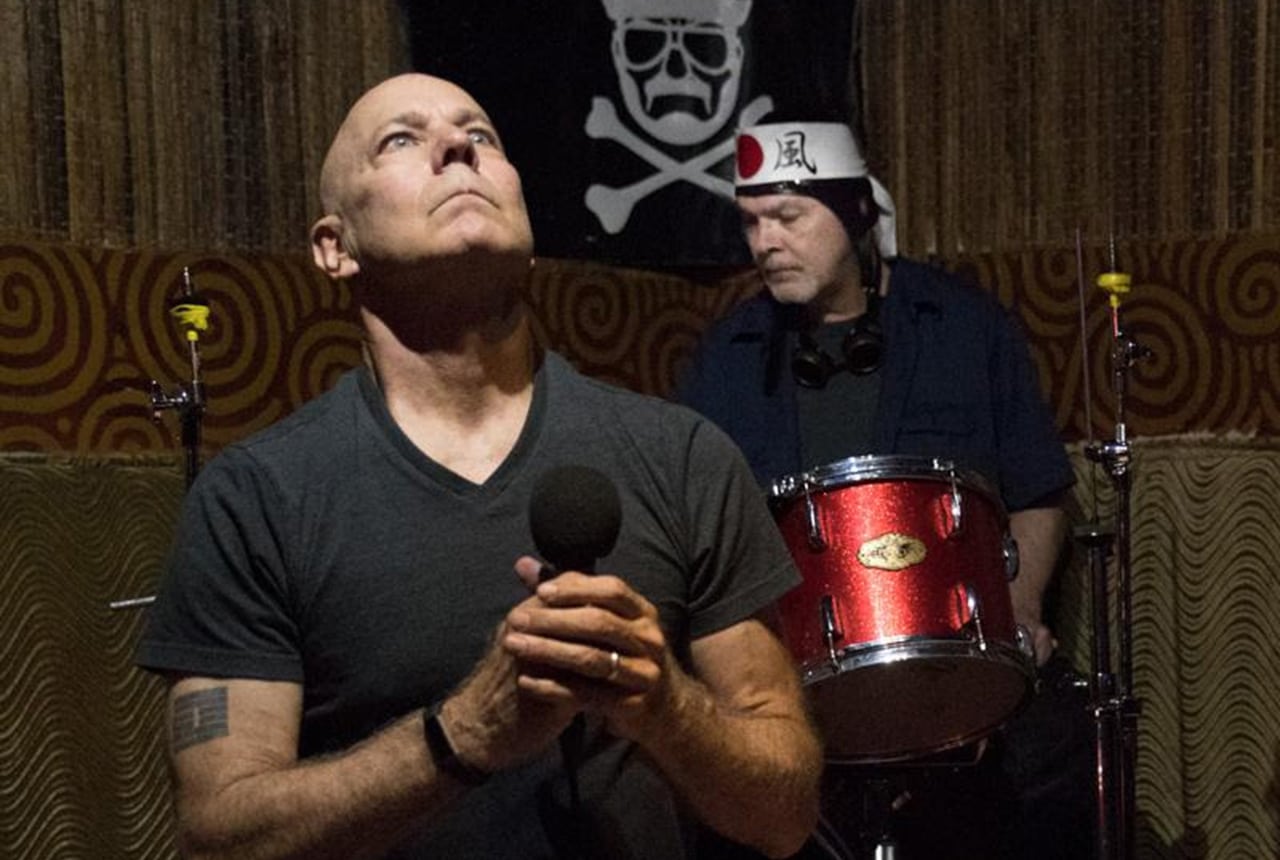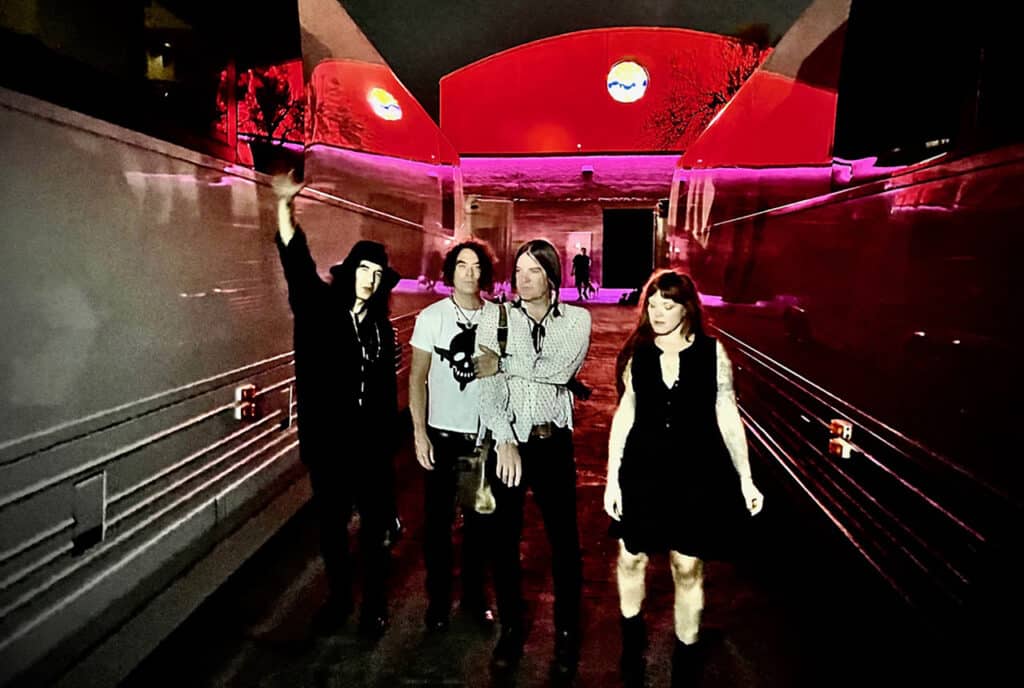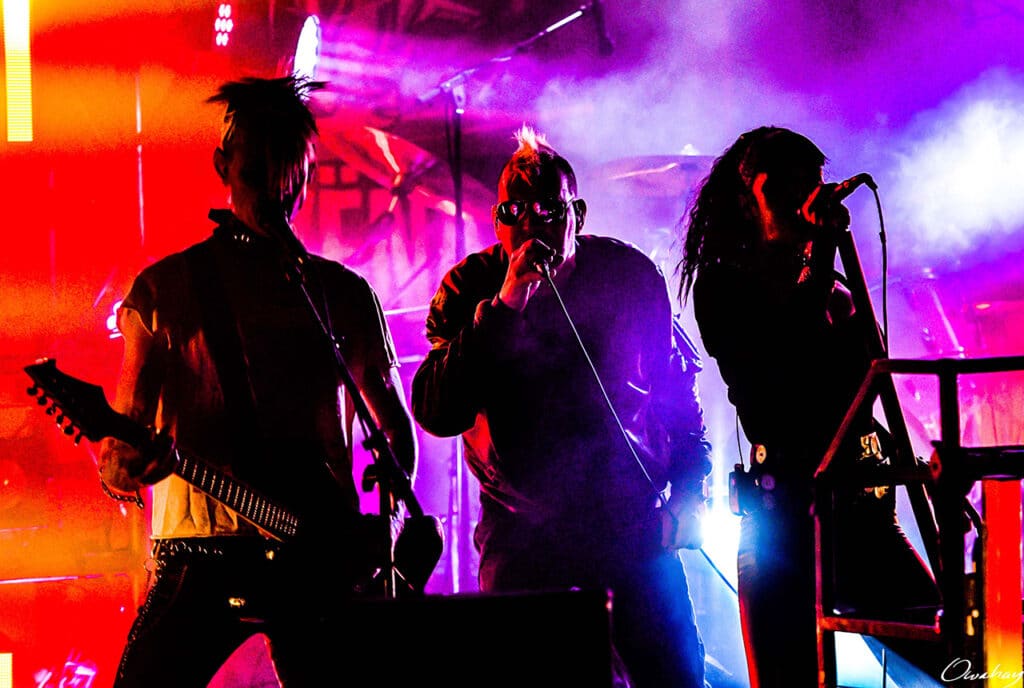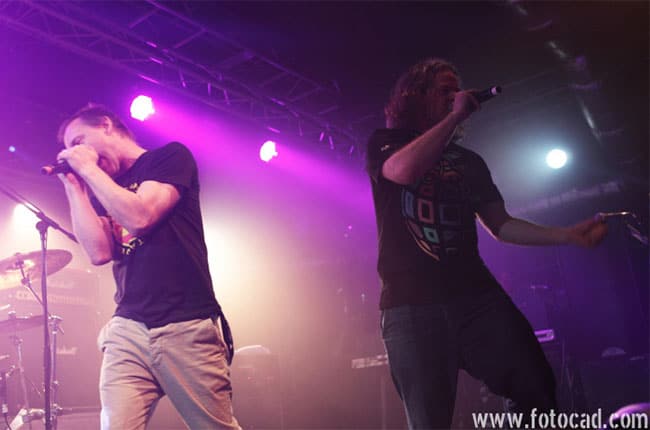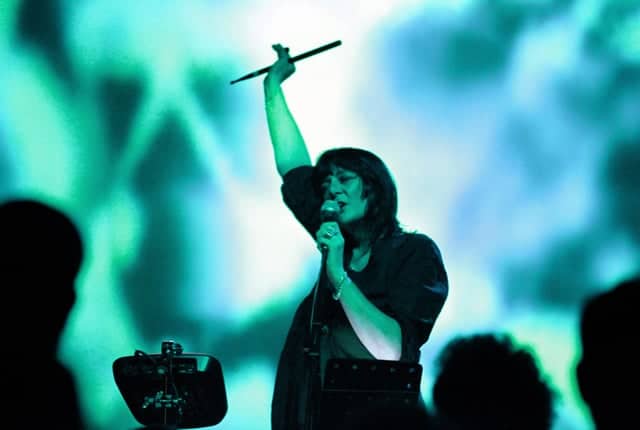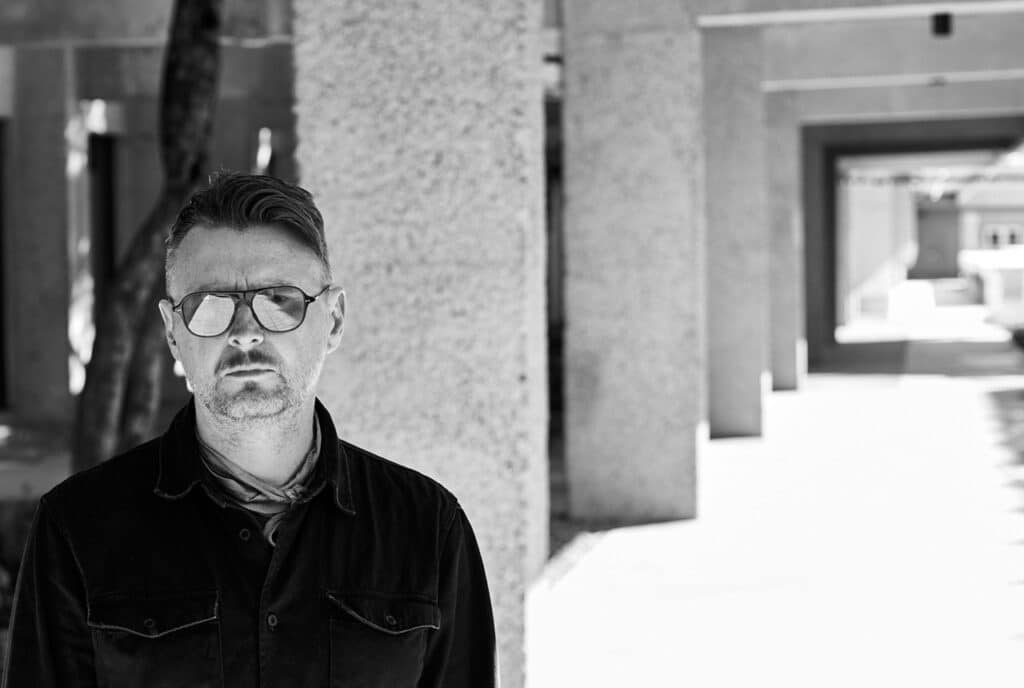Crawling Through Grass is a unique new album from Ritual Tension/Carnival Crash frontman Ivan Nahem that brings post-punk/noise influences into a more calming, meditative setting. Inspired by Nahem’s experience with yoga and utilizing newly learned music engineering skills, the album presents rhythmic, ambient compositions with creative (and sometimes eerie) sound design. Vocals are occasionally present, but they get woven into the overall soundscape rather than lead. There probably isn’t another yoga-inspired album like it, as Nahem’s unique perspectives give Crawling Through Grass a sound all of its own. In the following interview, Nahem discusses the making of it.
Crawling Through Grass differs from your previous work. How did it come about?
Ivan Nahem: I started working with a guy out of Pittsburgh, Gregg Bielski, and we did a sort of spoken word, experimental rock/punk album called The Kiss in 2017. We did performances around, and then there was COVID. And he suggested, ‘why don’t we do a yoga album?’ Now, working backward from that, in the mid-2000s, I became a yoga teacher and taught for about 11 years. I was teaching teacher trainings at the end, and I had a magazine, a yoga teacher magazine. Through that, I had explored different aspects of my personality. With the music I’d done before, a lot of it had been kind of observing the gritty New York and the world reality. This time, I had a different aim. I thought it was a good idea Gregg had. And to see whether myself and working with collaborators could do something that kept that post-punk sort of perspective, and the edginess, but also working toward a kind of calmness. Also, that sort of psychedelic thing, that’s there as well. So, I explored that kind of space. And at the same time, I was learning recording engineering. You can do all that stuff in a box now, which leads to endless fun fiddling. So it came together in that way. I recruited musicians like my brother, Andrew, Norman Westberg, Mark C., and Gregg. Gregg gave me samples to use in various places. Andrew actually said, when we were done, ‘what a weird, interesting album.’ That’s kind of where it stands.
How strong of an idea did you have going into it in terms of what kind of sound and style you were going for?
Ivan Nahem: First of all, I wanted the album to have a kind of arc. It wouldn’t be a yoga class album. It’s not something that I would necessarily put on start to finish for a yoga class. But, I think that the classes that evolved in this modality of yoga are interesting in that it’s almost like the way music goes, where you start out kind of just building something and gathering yourself. And then it moves into more intensity as it goes along. And then it reaches almost a dance stage and then there is the cooldown. So that was one thing I wanted to hit. The other thing was going back and forth between sound textures and collage and tunefulness and bringing in melody into it and harmony and percussion as it goes along. So, those were ideas I had. You know, when you’re working on something, it takes you in all kinds of different directions and paths.
One interesting episode was that I had a real hard time with the first song, and I ended up doing like five different songs for that and having something to choose from. It differs from my original intention, but I think it’s definitely in the ballpark.
You mentioned learning recording engineering. How did that, and perhaps the tools you used, affect your process?
Ivan Nahem: I wanted to use real sounds and real instruments. And also, this was my first foray [into] really working in things with MIDI and processed sound. And, I have to admit, at one point, the influence was that I was subjecting myself to quite a few YouTube video tutorials, which can be quite painful. But I found this one guy who …. So I was trying to learn Ableton Live. And he takes it through a whole song. It’s about an hour and a half. And I painstakingly went through learning the song, but it was house music that I was learning. So I learned a lot of those techniques. And I think some of that seeped into a song like ‘Shikantaza.’ It’s much more electronic than the stuff I’d ever done before. Just having that access to almost unlimited sounds, actually, I wanted to limit the palette. So I tried to find stuff I liked and work with that, and then Gregg would send me samples, and then I’d have people play on it as well. I also play guitar on it and sing.
And another element of it, though, that I should mention is that I’ve been a singer/songwriter, basically, in most of my musical career. So words have been very important, but going back to this idea that it was kind of adjacent to a yoga class, I didn’t want a lot of words in it because words are going to be very distracting. And if somebody wants to play this in their yoga class, I don’t want them to have that distraction. So it ended up being mostly an instrumental album with a kind of conversation in it, or other languages. In that song ‘Shikantaza’ I have a lot of words that are polarities – light, dark, up, down, north, south – but I put them into the Google translator and then translated [them] into different languages. And they’re all female voices. Using those techniques to bring in language but not have it be overbearing, that was another crucial element.
You mentioned how you went through a lot of different versions of the first track on the album. Was there material left over that might end up being used in other forms at some point?
Ivan Nahem: Yeah, actually I did use one of the songs recently for a compilation to help Ukrainians that a German guy, Sam Hunt, did. That was originally one of the songs for this album, but for that compilation, I tried to make it more grating and grittier than that had been.
Could you talk about the collaborators you worked with on this release? What was your process like working with other people and did they help shape it?
Ivan Nahem: Andrew and I have worked together for decades. His original perspective on doing this was that he wrote me, with deliberate grammatical incorrectness, that ‘we are the wrongest people to be doing this sort of album.’ And that was the challenge. He felt like … he’s nowhere near being calm and yogic, so what was he going to do with this? The song, ‘The Exaltation of Nothing’ actually really is his song. He does the guitar and the kind of wall of sound that I just play off of throughout the piece. You work with different people, and they bring different things to it. Jon Fried is someone who’s been a friend of mine, one of my very best friends. He and his wife Deena are The Cucumbers. We met them when I was living in Hoboken and both of us had sons named Jesse. So that’s how we kind of came together. Jon’s almost like my co-producer; he’s a really evolved musician. So he contributed bass parts to them. On some, like ‘Wheels Within Wheels,’ he contributed bass, and he does stuff on the banjo. And with that song, I just basically did the background and the collage on top of what he was doing.
A song like ‘51st St ?avasana,’ I brought in Norman Westberg, on guitar, and I brought it out to Mark C. in Hoboken, Deepsea Studio, to re-engineer it in a bigger studio. And Mark added some keyboard, some synth stuff to it as well. At the conclusion, it’s me making all the choices, and I changed the way things sounded. I sometimes would add notes and subtract. So I feel they were my compositions, but I like that. This time working collaboratively in that way, there were no times where I was like, ‘Oh, gosh, I have to work with this?’ You know, it was all good stuff that I had. Good material that I had from these people. And also, through a German friend of mine, I was put in touch with a Polish singer, Jadwiga Taba, and she added some of the live, or human vocals to ‘Shikantaza.’ Which is interesting, because she sounds almost more mechanical than the Google translator ladies.
And the cover art is by Jane Bauman, who I know from my days in San Francisco with The Situations, a thoroughly brilliant artist, and photographer Richard Dweck on the back, and my brother did the graphics, so it’s all quite beautiful.
Do you feel that the process of making this album is going to influence your future work?
Ivan Nahem: You know, just this morning I was thinking; this is an idea I’ve had before, but I was starting to refine it in my head. When I look back over my career in music, I’ve written some songs I like. So I compiled a list of about 14 or 15 songs that I would love to do [again] Some of them have been released; Ritual Tension songs, Carnival Crash songs. But I would love to do [this] with an ensemble of other musicians and maybe a producer and work on that stuff. You’re always learning from every project. And I think of myself as very multimedia because I started out basically as a writer and a poet, and so I’ve done all these different things and sometimes … well, Ezra Pound being a fascist is not my favorite person, but I like what he said about, ‘I cannot make it cohere.’ He said that in The Cantos. I sometimes think that’s what we need to do is take all these disparate elements of ourself and our talents and bring them together and make them into something that appears to cohere for a minute. And so that’s the challenge.
Purchased Crawling Through Grass at ivan-nahem.bandcamp.com.
For more info on Ivan Nahem, visit www.onaboutnow.com.
